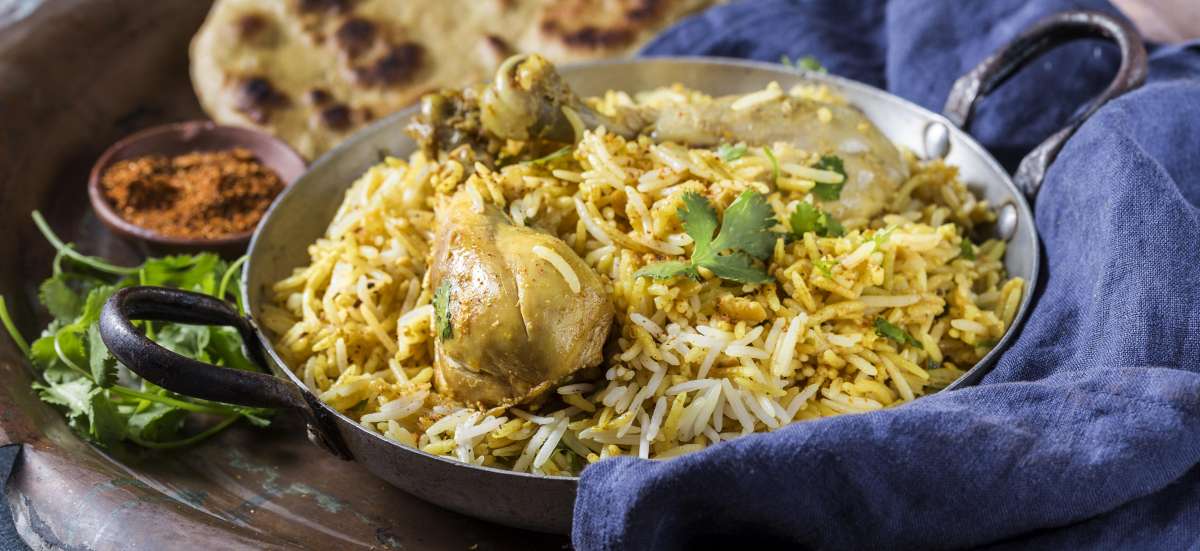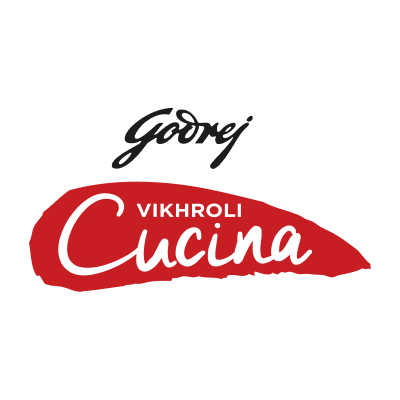
Exploring regional rice-meat fusion in India
In this gastronomic exploration, we journey through the vibrant tapestry of regional cuisines, discovering exquisite delights that extend beyond the realm of biryani

While biryani has gained fame for its exquisite fusion of fragrant rice, tender meat and aromatic spices, it stands as just one masterpiece in the rich culinary creations that intertwine rice, meat, and spices. The Mughal emperors of Delhi and the nawabs of Lucknow were known for their lavish feasts, and pulaos were often a part of their menu. They enjoyed experimenting with different ingredients and spices, and pulaos were a perfect canvas for their culinary creativity.
As we celebrate the Republic Day, here’s a look at the hearty meat and rice combinations from various regional kitchens of India.
Yakhni pulao
Thought to have its roots in Persia and brought to India by the Mughal emperors, this Kashmiri dish showcases yakhni — a mutton broth enriched with yoghurt and saffron. There is no tomato or turmeric in it. Yakhni has a pale-yellow colour that is linked to yoghurt and saffron. The irresistible charm of yakhni pulao lies in its distinctive broth, the essence in which the rice is delicately cooked. This broth is crafted by simmering meat with an array of spices for several hours, allowing the intricate flavours of spices to harmonise and form a robust dish.
Korma polao
Assamese cuisine seamlessly weaves together culinary traditions from various indigenous tribes and communities that have coexisted in the region for generations, while also incorporating the unique flavours of Assamese Muslims. Korma polao is one such pièce de résistance of Assamese cuisine. This main course rice dish features a delectable blend of meat, carefully selected spices and aromatic ingredients. This one-pot creation prepared with aromatic, sticky, short-grained Joha rice features either chicken or beef, slow-braised with a harmonious blend of spices and caramelised onions, lending it a distinctive brownish tint.
Yarkhandi pulao
In contrast to the momos and thukpas of Ladakhi cuisine, Yarkhandi pulao stands as a testament to the region’s profound connections with Central Asia. It has travelled south to Ladakh from Yarkhand (part of present-day Xinjiang province in China) along the southern tributaries of the ancient Silk Road. Traditionally, the pulao was cooked with big chunks of goat meat, always on the bone from the leg and rib joints (raan and cham) of the animal. Diverging from the typical pulaos and biryanis found in the Indian subcontinent, Yarkhandi pulao distinguishes itself by using only shah jeera as the sole spice to flavour the rice.
Jadoh
In Khasi language, ‘Ja’ means rice and ‘Doh’ means meat. Jadoh is a laboriously made Khasi dish made with rice and meat with minimal oil. Traditionally cooked with Ambrosial rice, a specialty of Meghalaya, Jadoh stands out with its long-grained, light red-hued rice, which possesses a distinctive fragrance and low gluten content. The vegetarian variant is seasoned with tomato, tinda, potato, and okra, while the non-vegetarian version is adorned with delectable pieces of pork (preferably from a pig’shead).
Mutton Tehri
The prevailing narrative surrounding the origin of tehri suggests that it was originally crafted for Hindu bookkeepers in the courts of Awadh, specifically for the Kayastha community. According to a popular anecdote, tehri emerged within the royal kitchens, gradually transitioning to the aristocracy before evolving into a dish enjoyed by the general populace.Tehri has many variations, extending beyond Uttar Pradesh. In Jammu and Kashmir, a variant known as ‘tehar’ holds a special place as the quintessential comfort meal in Kashmiri Pandit households. It is a simplified rendition of rice preparation, infused with turmeric and enhanced with a tempering of mustard oil. Across the border in Bangladesh, it is cooked with meat (beef or mutton) and mandatorily flavoured with mustard oil and green chillies. In Karnataka, Kalaburagi is famous for its spicy and feisty Tahari.
The popular mutton tehri in Uttar Pradesh undergoes variations in cooking; the prevalent method involves ensuring each rice grain remains distinct (khule chawal) and is coated in fat.
Tags
0 Comment
You may also like
-
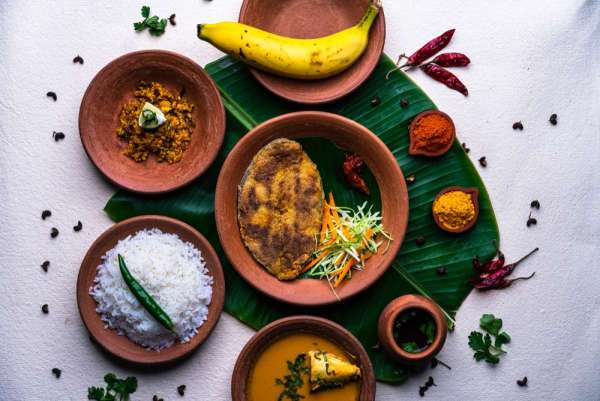
Travel From Kalwa Tonak to Khatkhate: Celebrating Goa’s Indigenous Flavours on Goa Liberation Day
by Vikhroli Cucina
-
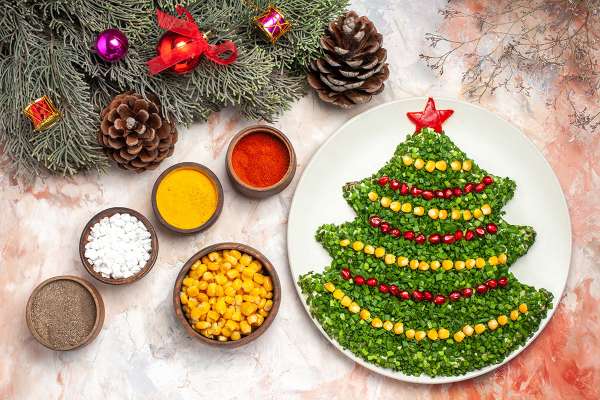
Travel How India celebrates Christmas through food
by Vikhroli Cucina
-
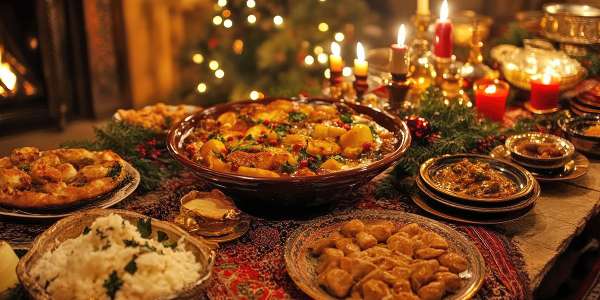
Travel From Kohima to Kochi: What India cooks at home during the holiday
by Vikhroli Cucina
-
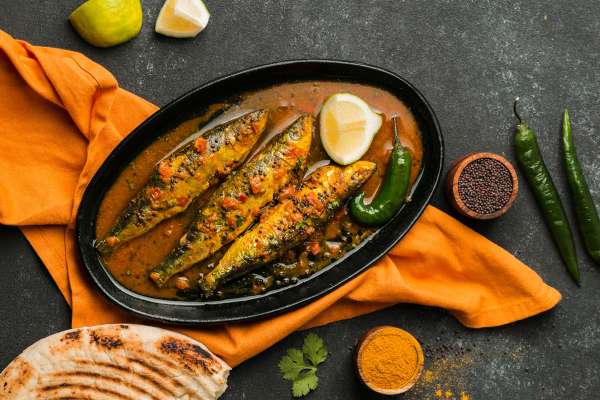
Travel Culinarian's Take: Floating feni and Saraswat cuisine are bringing a new side of Goa for tourists
by Vikhroli Cucina

